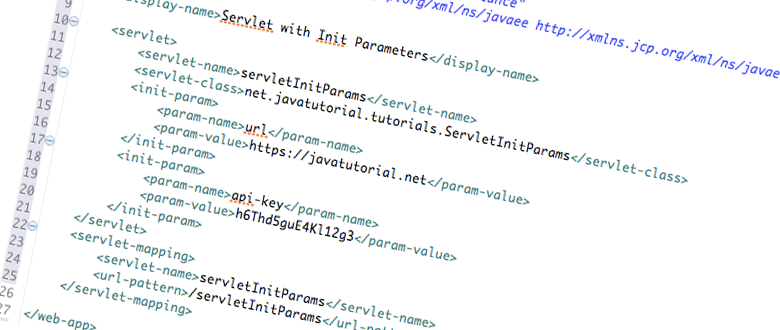
Useful for loops, primarily, but may have other applications I haven’t come across yet. To create an empty matrix in R, use the matrix () function, and do not pass any data and pass ncol 0 values and pass the nrow value to whatever you like. Changed in version 1.1: When initNone and ncomponents is less than nsamples and nfeatures defaults to. No restrictions on the data type or structure of the individual list elements. There’s a whole other debate to be had about whether or not it’s acceptable to start with a truly empty vector and append to it on every iteration of the loop or whether you should always know the length beforehand, but I’ll just focus on the latter case for now.Īnyway, initializing a vector of a given length is easy enough I usually do it like this: > desired_length empty_vec desired_length empty_list str(empty_list)

This isn’t a totally alien thing to need to do––it’s pretty familiar if you’re used to initializing empty vectors before for-loops. Parameters matrix arraylike, shape (N, 3, 3) or (3, 3) A single matrix or a stack of matrices, where matrixi is the i-th matrix. Here is an example of creating a matrix with the matrix() function: Code: > mat1. Example 1: In this example, we will be converting a given character matrix of 3 columns and 3 rows and 9 elements to a numeric matrix using as.numeric function and the matrix() function is r language.
R initialize motrix how to#
1 7.6 Mb How To Create Sparse Matrix from Dense Matrix in R Let us use sparse matrix library to convert the dense matrix to sparse matrix. 1 print(object.size(mat),units'auto') The dense matrix close to 8Mb. If the input is not proper orthogonal, an approximation is created using the method described in. By this, the user ends up the process to receive the numeric matrix from the matrix() function in r language. We can use R function object.size and check the size of the dense matrix. Once in a while, the new list will be the same size as an existing one, but more often, I just need to start from scratch, knowing only the number of elements I want to include. Rotations in 3 dimensions can be represented with 3 x 3 proper orthogonal matrices. I’m a little less good at apply functions than I’d like to be) and I know I’ll need to store the output in a list. Sometimes I’m writing a for-loop (I know, I know, don’t use for-loops, but sometimes it’s just easier. 3) Example 3: Creating Vector of Zeros Using numeric () Function. 2) Example 2: Creating Vector of Zeros Using rep () Function & 0L. The article will contain these topics: 1) Example 1: Creating Vector of Zeros Using rep () Function. Obj] <- some_func( inp_vec reminds us that the default for 'mode' is logical and that R has a fairly rich set of automatic coercion methods, although I find his suggestion vector(,10) to be less clear than would be logical(10) which is its equivalent.How do I initialize an empty list for use in a for-loop or function? Context In this R tutorial you’ll learn how to declare a vector or array containing only zeros. Technically, lists are "vectors" in R, so this is a recommended (even necessary) practice for constructing lists with for-loops: obj <- list( length(inp_vec) ) There are three ways of creating an empty matrix: Using row and column.

It's good that you ask because pre-allocating long vectors before for-loops that will be assigning results to long objects are made more efficient by not needing to successively lengthen vectors.


 0 kommentar(er)
0 kommentar(er)
